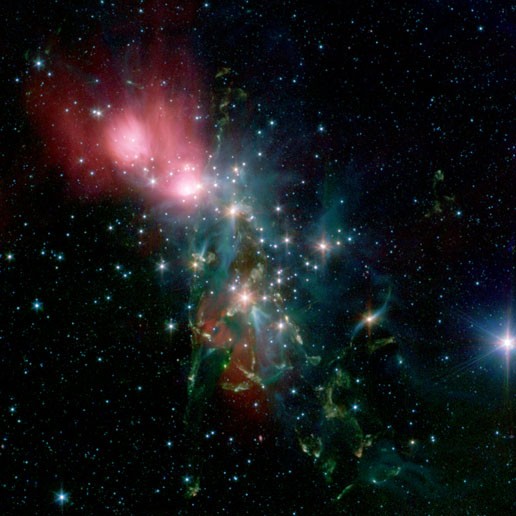A wonderful display of natural fireworks will be observed this month in the form of the Perseid meteor shower that already started from July 17 and will last until August 17. The peak show of these shooting stars will occur on August 13 where viewing conditions will be favorable enough since there will be a new moon on August 14.
In order to view the skies in its most perfect state for this dazzling meteor shower, it is best to watch from an area where there is less light pollution or no artificial lights, preferably away from the city, letting your vision adjust to the darkness.
When it comes to meteor hunting, this will not happen immediately so sit back and relax on a reclining chair and stay outside for a bit. If you are fortunate enough, the Perseids will lavish the skies with as much as 80 shooting stars in one hour.
The meteor shower can be observed across all regions of the night sky, which means an open space to view, free from any obstructions such as buildings or infrastructures, is an ideal way to catch the shooting stars in action as binoculars or telescopes are not necessary.
The meteors originate from the constellation Perseus where they appear to originate from but during the Perseid shower, it is also advisable to watch them a week before its peak on August 13, as they begin to escalate towards the middle of the month.
Meteor showers are caused when the planet passes through a trail of debris from comets specifically from its tail. The Perseids originate from fragments of the comet 109P/Swift-Tuttle.
When a comet is headed for the inner solar system, the sun's heat causes more activity on its surface where it forms a fuzzy atmosphere around its core called a coma. This closer orbit to the sun also forms a tail of dust and gas during a process called sublimation.
Comets are cosmic icy objects made from different compositions of ice, organic compounds and space dust. They are also believed to be relics of the early solar system. Comets usually come from the Kuiper Belt which is the region in the solar system where Pluto is also located which is near the Oort Cloud where trillions of frozen objects are flying at the edge of the solar system.



























